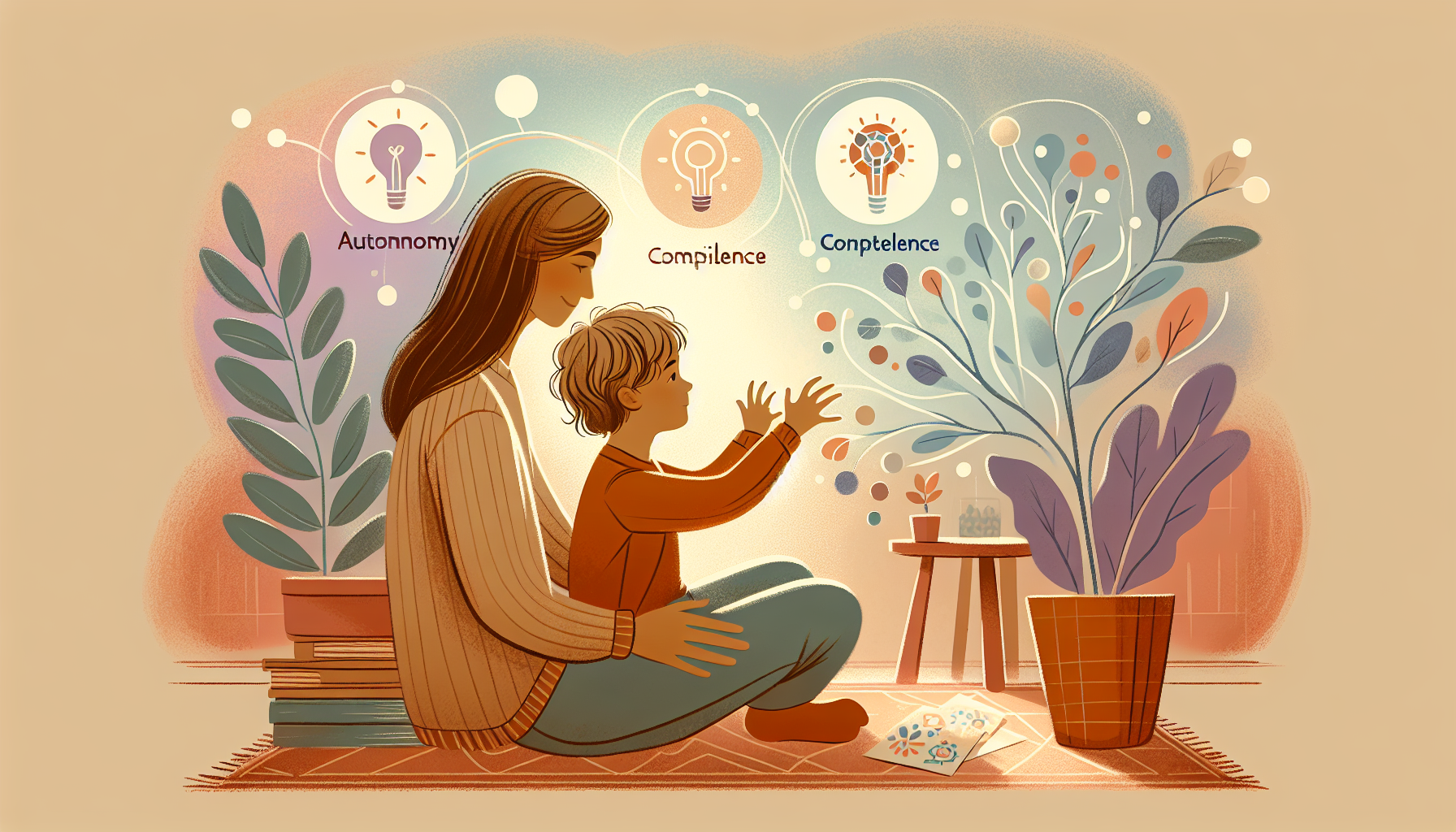“`html
Encouraging Your Child’s Curiosity: A Path to Growth and Connection
Introduction: Why Encouraging Curiosity Matters
Curiosity is the driving force behind learning, creativity, and innovation. For children, it’s more than just asking endless “why” questions — it’s a tool for exploring the world, building problem-solving skills, and developing critical thinking.
As parents, fostering curiosity in your child is one of the most powerful ways to support their development. Not only does it help them thrive academically and socially, but it also strengthens your bond with them. In this article, we’ll explore why curiosity is essential, how it aligns with psychological needs like autonomy and self-expression, and provide practical tips to encourage it.
Understanding the Role of Curiosity in Child Development
Curiosity is a natural part of childhood, but it’s also a skill that can be nurtured. According to research, curiosity leads to better academic performance, as curious children are more engaged and motivated in their studies. Beyond academics, curiosity supports emotional resilience and social skills, helping children navigate the complexities of relationships and the world around them.
The Psychological Needs Behind Curiosity
Encouraging curiosity fulfills several core psychological needs, as defined by cognitive-behavioral principles:
- Autonomy: When children are given the freedom to explore their interests, they feel more in control of their learning and experiences.
- Competence: Asking and answering questions helps children build confidence in their ability to solve problems and understand the world.
- Connection: Sharing discoveries with parents or peers fosters stronger relationships and a sense of belonging.
How Curiosity Shapes Brain Development
Neuroscience shows that curiosity activates the brain’s reward system, releasing dopamine, which enhances learning and memory. This means that when children are curious, they are not only absorbing information but also creating lasting neural connections that support future learning.
Practical Parenting Tips to Encourage Curiosity
1. Create a Safe and Open Environment
Children are more likely to explore and ask questions when they feel safe and supported. Create an environment where it’s okay to make mistakes and where questions are encouraged. For example:
- Respond to your child’s questions with enthusiasm, no matter how simple or complex they may seem.
- Model curiosity by asking your own questions and seeking answers together.
- Avoid dismissing their ideas or making them feel judged for their interests.
2. Encourage Exploration Through Play
Play is a powerful way for children to learn and explore. Provide toys, books, and activities that inspire imagination and discovery. For example:
- Offer open-ended toys, like building blocks or art supplies, that allow for creative expression.
- Engage in nature walks where your child can observe plants, animals, and other natural phenomena.
- Introduce games that involve problem-solving or strategy, such as puzzles or scavenger hunts.
3. Follow Their Interests
Pay attention to what excites your child and build on it. If they love dinosaurs, visit a natural history museum or read books about prehistoric creatures. Supporting their passions shows that you value their interests and encourages deeper exploration.
4. Ask Open-Ended Questions
Instead of providing all the answers, ask questions that encourage critical thinking and exploration. For example:
- “What do you think would happen if we mixed these colors together?”
- “Why do you think the leaves change color in the fall?”
- “How do you think we can build a taller tower with these blocks?”
Open-ended questions stimulate curiosity and help children develop problem-solving skills.
5. Limit Screen Time and Encourage Hands-On Activities
While technology can be a valuable learning tool, excessive screen time can hinder creativity and curiosity. Balance screen use with activities that encourage hands-on exploration, such as cooking, gardening, or building projects.
6. Teach Them the Joy of Discovery
Show your child that learning is a lifelong adventure. Share your own discoveries with them, whether it’s a new recipe, a fun fact, or a skill you’re learning. When children see adults embracing curiosity, they’re more likely to do the same.
7. Embrace Mistakes as Learning Opportunities
Teach your child that mistakes are a natural part of learning. If they’re afraid of failing, they may hesitate to try new things. Encourage a growth mindset by celebrating effort and progress rather than perfection.
Conclusion: The Rewards of Curiosity
Encouraging curiosity in children is one of the most impactful gifts you can give them. It not only supports their cognitive and emotional development but also strengthens your relationship and creates a foundation for lifelong learning. By creating a safe and open environment, following their interests, and embracing the joy of discovery, you can nurture a curious mind that’s ready to explore the world.
Remember, fostering curiosity isn’t about having all the answers — it’s about exploring the questions together. So the next time your child asks, “Why is the sky blue?” or “How do birds fly?”, take a moment to dive into the wonder of learning alongside them. You’ll be amazed at what you discover together.
“`

